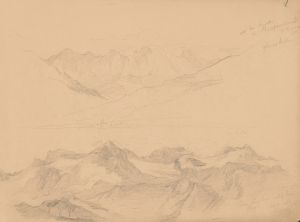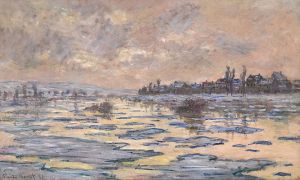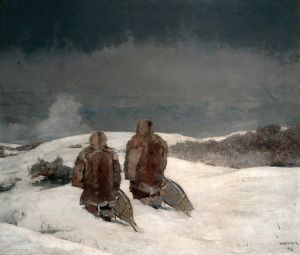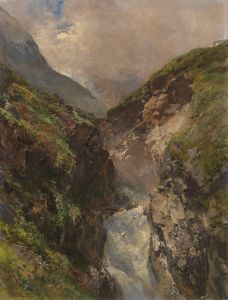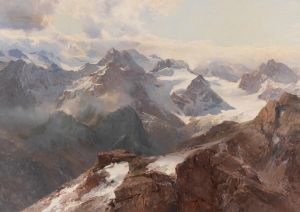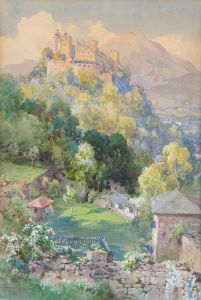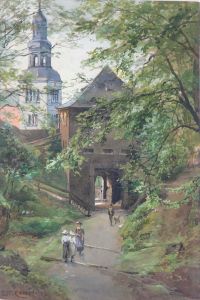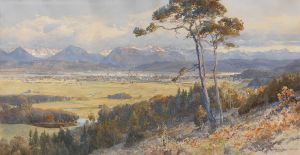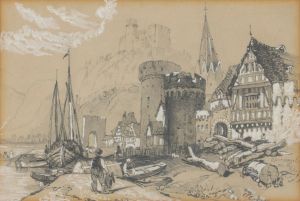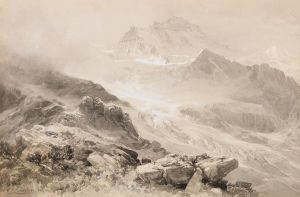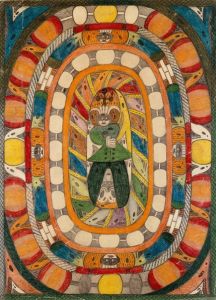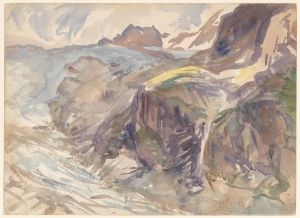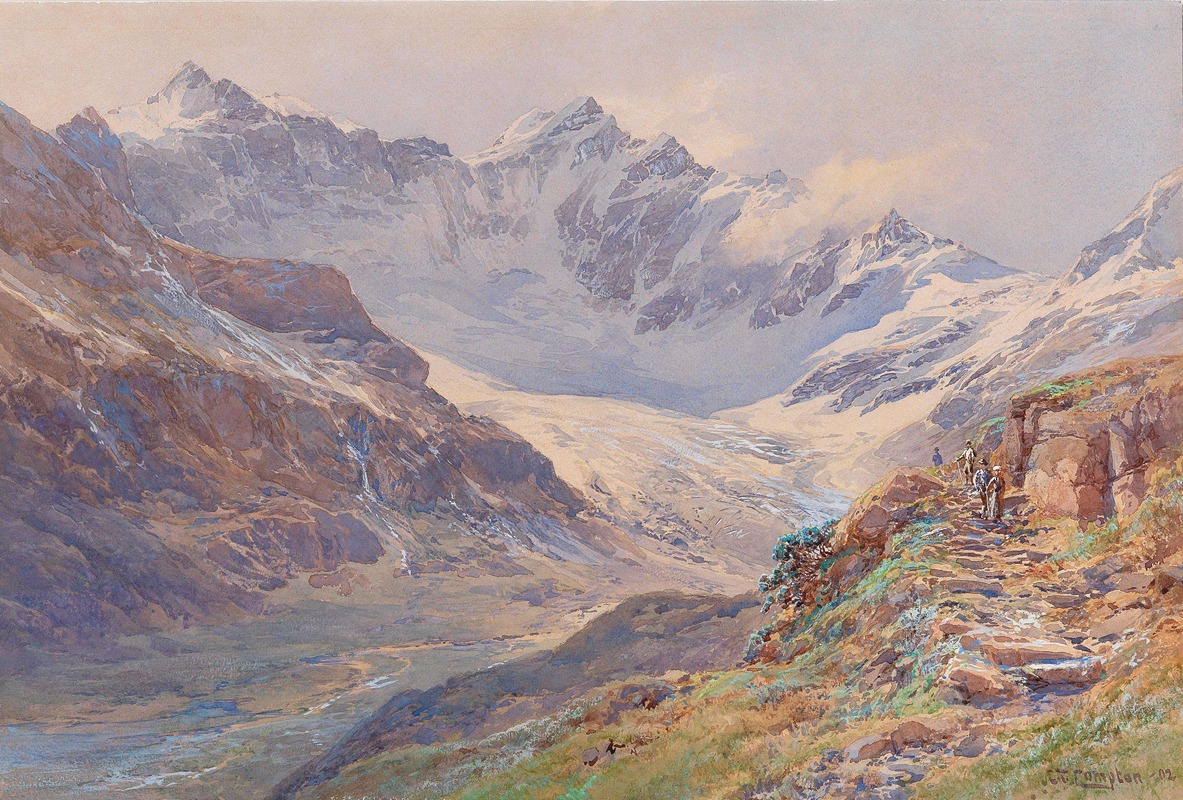
Ödenwinklkees with the Johannisberg
A hand-painted replica of Edward Theodore Compton’s masterpiece Ödenwinklkees with the Johannisberg, meticulously crafted by professional artists to capture the true essence of the original. Each piece is created with museum-quality canvas and rare mineral pigments, carefully painted by experienced artists with delicate brushstrokes and rich, layered colors to perfectly recreate the texture of the original artwork. Unlike machine-printed reproductions, this hand-painted version brings the painting to life, infused with the artist’s emotions and skill in every stroke. Whether for personal collection or home decoration, it instantly elevates the artistic atmosphere of any space.
Edward Theodore Compton was a renowned English-born artist and illustrator, celebrated for his detailed and evocative landscape paintings, particularly those depicting alpine scenes. Born in 1849 in Stoke Newington, London, Compton developed a passion for mountains and mountaineering, which greatly influenced his artistic career. He moved to Germany in 1867, where he spent much of his life and became deeply involved in the alpine culture.
One of Compton's notable works is "Ödenwinklkees with the Johannisberg," a painting that captures the majestic beauty of the Ödenwinklkees glacier and the Johannisberg mountain. The Ödenwinklkees is a glacier located in the High Tauern range of the Austrian Alps, a region known for its stunning natural landscapes and challenging climbing routes. The Johannisberg, standing at an elevation of approximately 3,453 meters (11,329 feet), is one of the prominent peaks in this area, offering breathtaking views and a popular destination for mountaineers.
Compton's painting is a testament to his skill in portraying the grandeur and serenity of alpine environments. His work is characterized by meticulous attention to detail, capturing the intricate play of light and shadow on the snow-covered peaks and the rugged terrain of the glacier. Compton's ability to convey the scale and majesty of the mountains is evident in this piece, as he invites viewers to appreciate the natural beauty and awe-inspiring presence of the alpine landscape.
Throughout his career, Compton was known for his dedication to accurately depicting the landscapes he loved. He often undertook extensive travels and mountaineering expeditions to gather firsthand experiences and sketches, which he later used as references for his paintings. This commitment to authenticity is reflected in the precision and realism of his work, making his paintings valuable records of the alpine regions during his time.
Compton's contributions to art and mountaineering were widely recognized during his lifetime. He was a member of several prestigious art societies, including the Royal Academy of Arts in London and the Munich Secession, an influential group of artists in Germany. His works were exhibited in numerous galleries and exhibitions, earning him acclaim for his unique ability to blend artistic expression with a deep appreciation for the natural world.
"Ödenwinklkees with the Johannisberg" exemplifies Compton's artistic philosophy and his love for the mountains. It stands as a representation of his lifelong dedication to capturing the essence of the alpine landscapes and sharing their beauty with a broader audience. Today, Compton's paintings continue to be admired for their artistic merit and their role in documenting the history and allure of the European Alps.
Edward Theodore Compton passed away in 1921, leaving behind a legacy of remarkable landscape paintings that continue to inspire and captivate art enthusiasts and nature lovers alike. His work remains a significant contribution to the genre of landscape painting, particularly in the context of alpine art, and serves as a lasting tribute to the splendor of the natural world.





